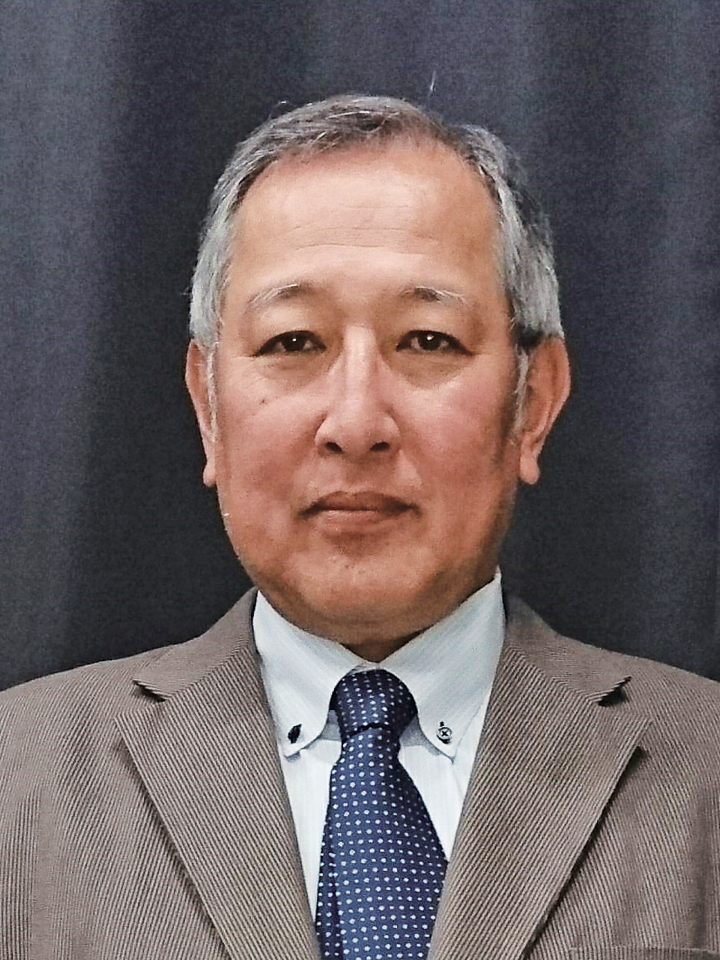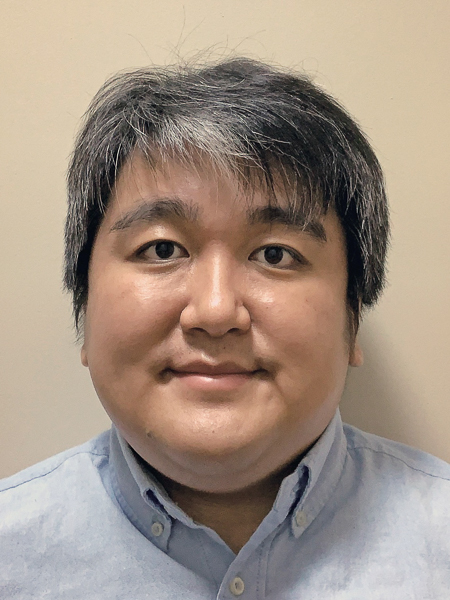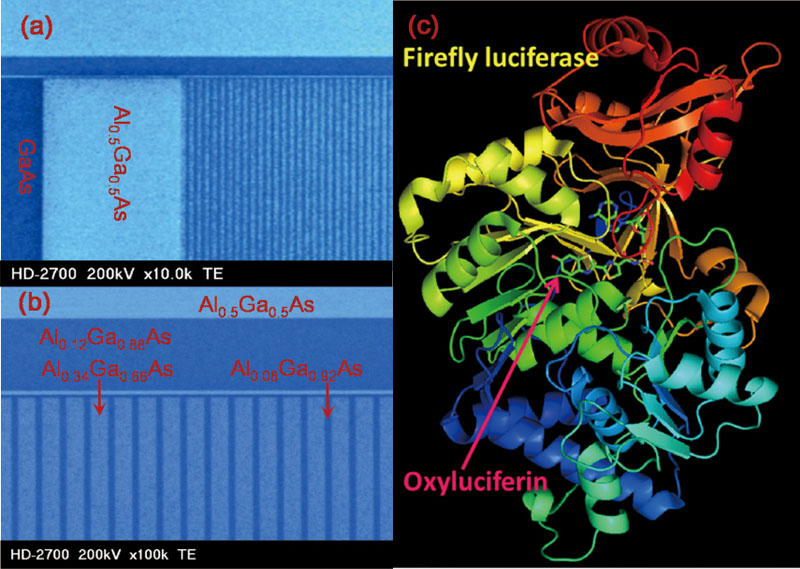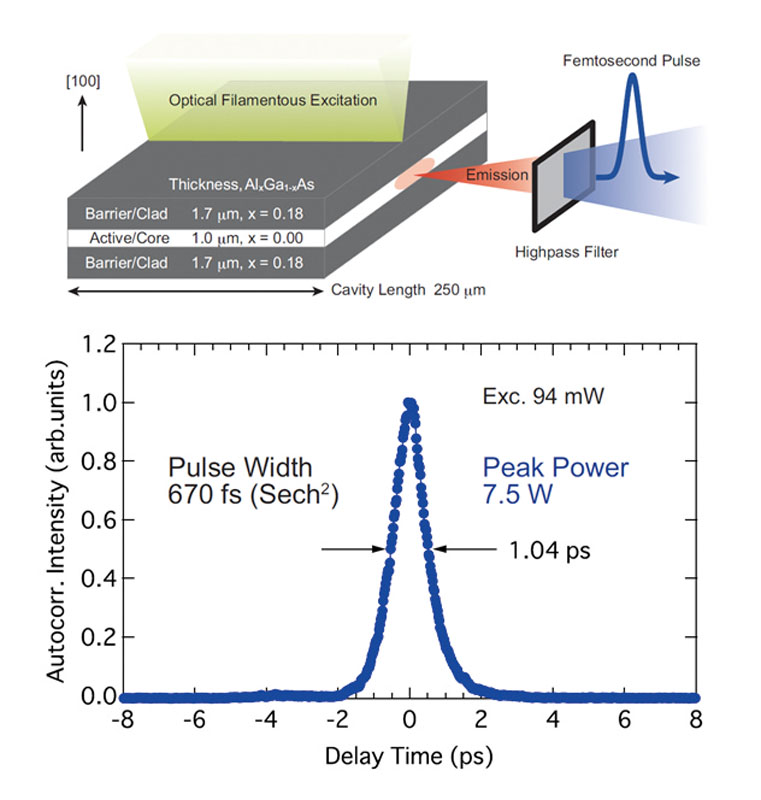Akiyama Group

- Affiliation
-
Functional Materials Group
(concurrent with Laser and Synchrotron Research Center) - Course
- Phys., Sci.
 Research Associate KOBAYASHI, Masataka
Research Associate KOBAYASHI, Masataka
Research Subjects
- Gain-switched short-pulse semiconductor lasers and ultrafast non-equilibrium non-linear optical physics
- Development and applications of semiconductor-laser devices, modules, and systems
- High-efficiency energy conversion and detailed-balance-limit physics in advanced space solar cells
- Luminescence measurement standards, firefly bioluminescence, rhodopsin Raman spectroscopy
Advanced laser spectroscopy on the basis of lasers and microscopy is developed and applied to semiconductor quantum wires and other nano-structures, in order to understand and control their optical properties quantum mechanically. Pico- and femto-second pulse generation directly from gain-switched semiconductor lasers is studied intensively to understand the pulse dynamics and the shortest-pulse limit. High-quality III-V-semiconductor space solar cells and their internal loss rates and mechanisms are also studied. We make the world thinnest and cleanest quantum-wire semiconductor lasers that have superior laser performances such as low threshold currents. Experimental findings and problems provide us fruitful physics subjects related to 1D physics, many-body physics, lasers, solar cells, crystal growth, material science, and semiconductor device physics and engineering.
We are developing experimental techniques such as sensitive luminescence detection, absolute luminescence-yield measurements, transmission/absorption measurements of single nano-structures, micro-spectroscopy, imaging, and solid-immersion microscopy. Some of these techniques have been applied to study of bioluminescence of fireflies, jelly fish, and sea fireflies as well as luminol chemiluminescence.


